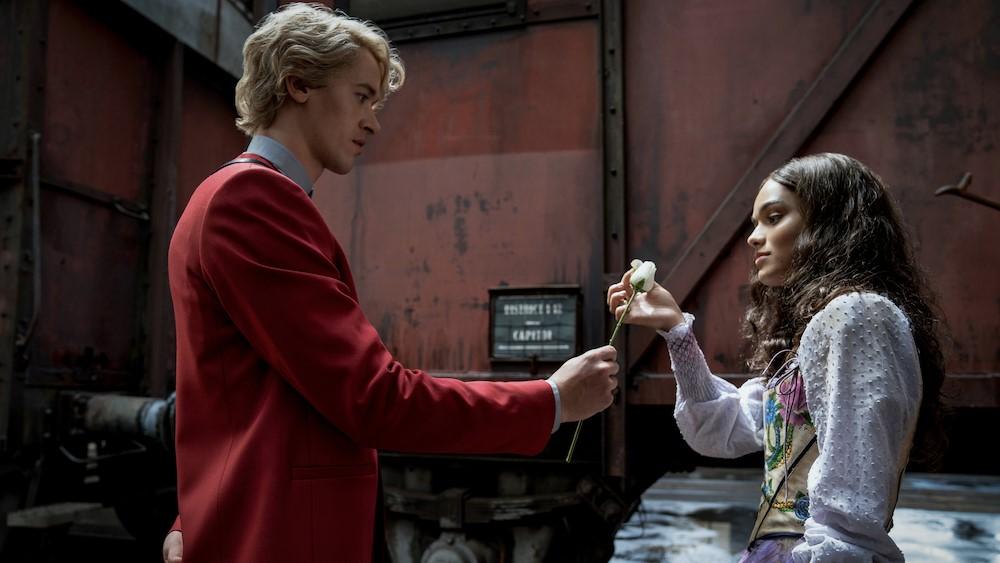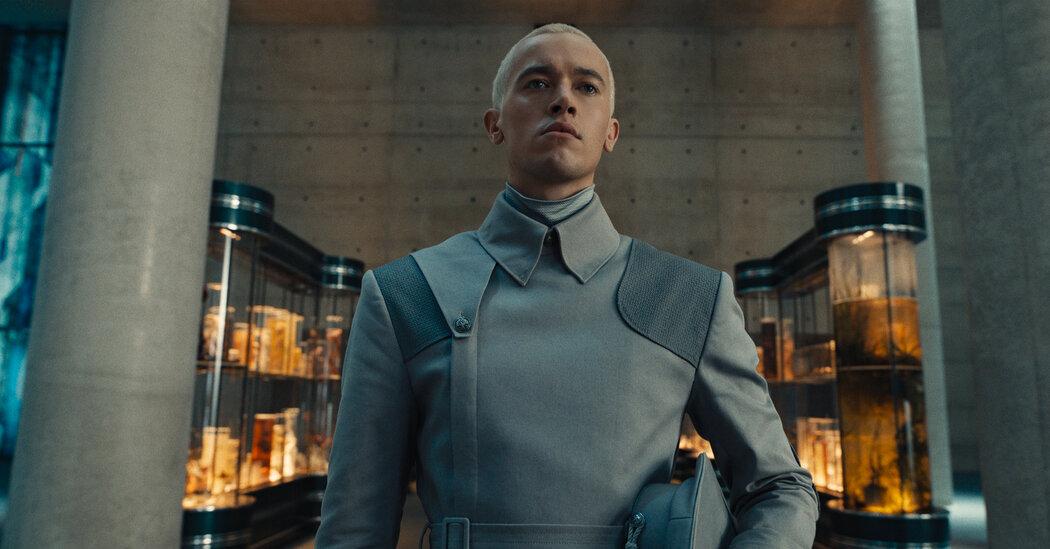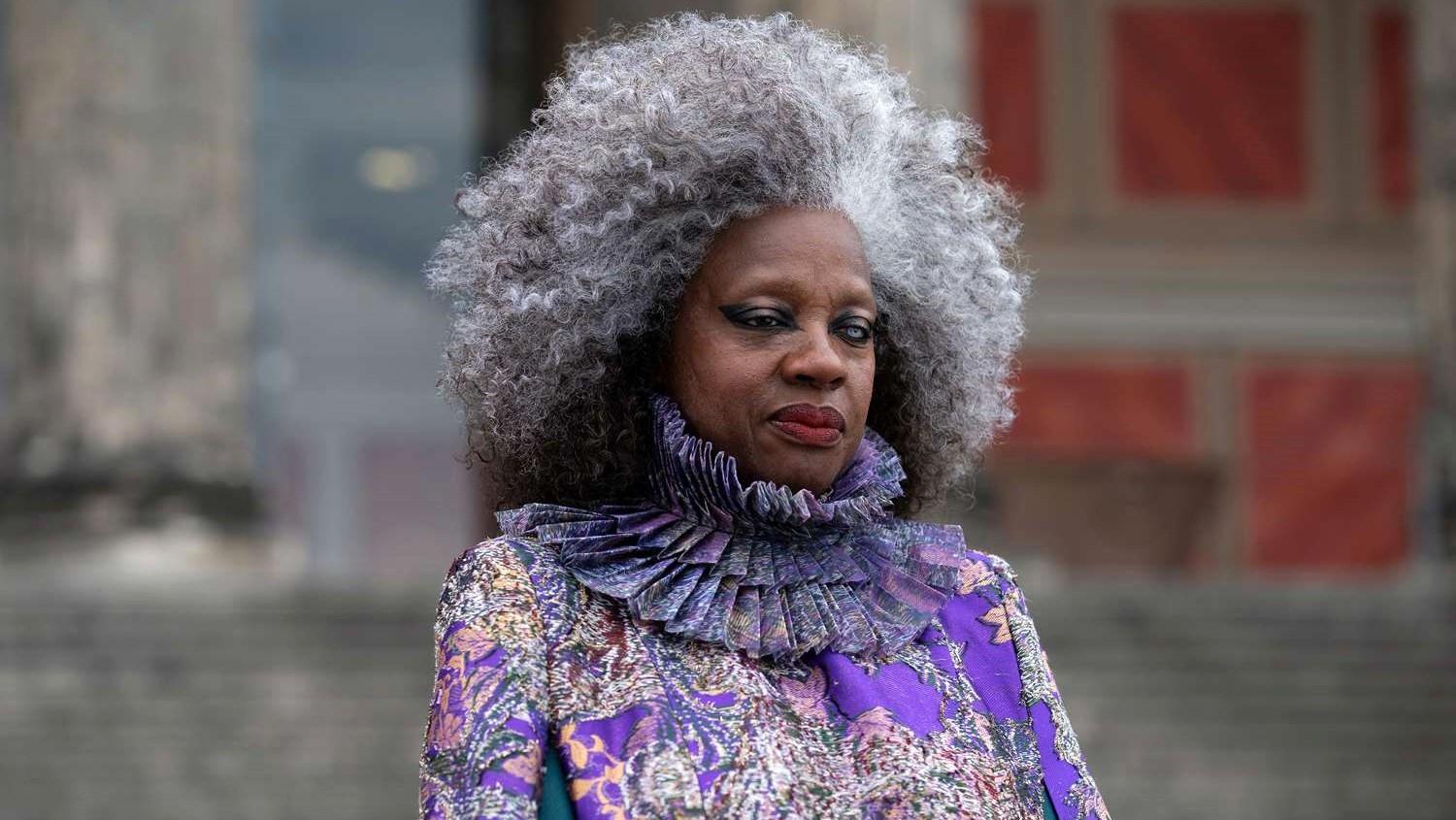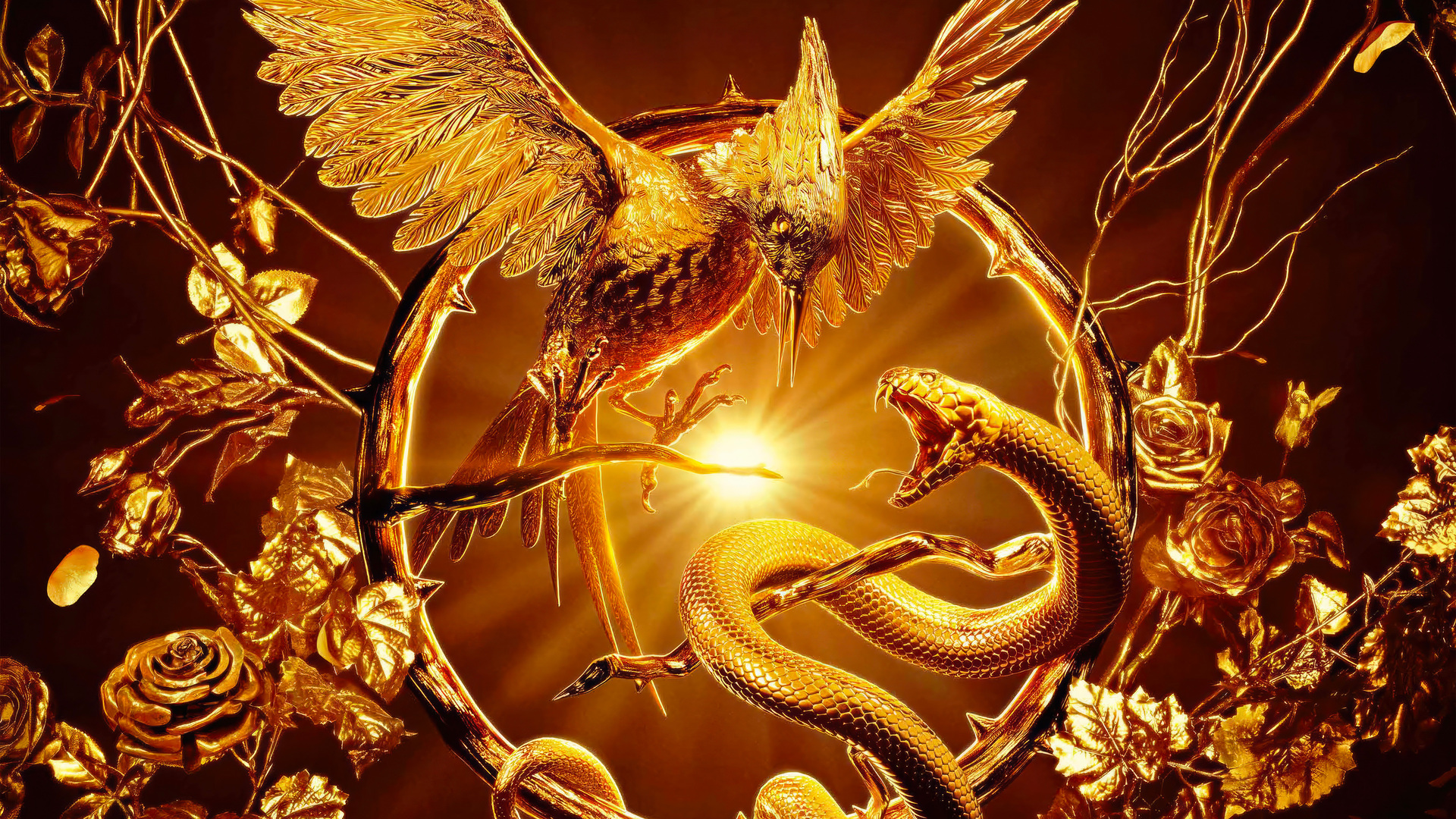By Dimitra Gatzelaki,
When Suzanne Collins’ long-awaited Hunger Games prequel, The Ballad of Songbirds and Snakes, premiered in film last month, the tale hit uncannily close to home. Directed by Francis Lawrence, who also worked on Catching Fire and Mockingjay, The Ballad of Songbirds and Snakes comes at a time when its relevance to our epoch is glaring. Countries around the world are ravaged by conflict, while the rest of us watch nonchalantly. Of course, we don’t take any sadistic pleasure from it like the Capitol does in watching the Games, and we even try to put an end to the conflict. Yet, as happens in the films, there is no real intervention from people in power; the metaphor, albeit latent, is still there.
In my view, the prime reason why The Ballad of Songbirds and Snakes manages to expose the shortcomings of our present-day society so well lies in its ideological flexibility—the fact that it “appeals more broadly to general dissatisfaction with the contemporary moment, usually as a consequence of the divide between those with power and those without power” (Kurtz 257). This division between the powerful and the powerless is also the central axis of the film. The Ballad of Songbirds and Snakes centers on one of the most loathed characters in the franchise: President Coriolanus Snow himself, now eighteen years old. It narrates his evolution from a war-traumatized orphan struggling to reclaim his rightful position in society (after his family wealth is lost to the Capitol-District War) into a man willing to step over bodies to ascend the Capitol’s ladder of power. It is a sinister coming-of-age tale, a sensational villain arc that unveils a darker, more twisted side of humanity: how the oppressed ends up becoming the oppressor.

As the film commences, we see child Snow despairingly searching for food against the backdrop of a war-ravaged Capitol. Ten years later, the aftermath of the war is still felt: Coriolanus (Tom Blyth) is forced to live with his cousin and grandmother in their (now) decrepit apartment, while his sole hope for a better future is winning the Academy’s sought-after Plinth Prize, for which he is the favorite. However, viewership for the newly-established Hunger Games is at a nosedive. Head Gamemaker Volumnia Gaul (Viola Davis) therefore announces that, for the 10th anniversary of the Games, tributes will be mentored by Academy students, with the Plinth Prize going to the student who performs best, much to Snow’s dismay. He is assigned to Lucy Gray Baird (Rachel Zegler) from District 12, a spirited girl (with a penchant for snakes) who shows her resistance to Capitol rule from the start. Her singing after she’s chosen as a tribute and her vibrant, flowing dress add some much-needed colour to the film’s war-weary, sterile world.
At length, Snow comes to see his own proper mentor in the face of the vicious and deranged Dr. Gaul, who evokes archetypal images of the mad scientist. She lets him in on some of her laboratory secrets, seeing in Coriolanus “a flicker of malicious capability that requires stoking.” And she isn’t at all wrong. After Lucy Gray wins the games because of Snow’s illicit intervention on Dr. Gaul’s beloved tank of neon snakes, the latter banishes him from the Capitol, sending him to the Districts to work as a Peacekeeper. It is there that Snow will fool Lucy Gray (and the viewer, on top of that) by subtly evolving into the man we know—the bloodthirsty, ruthless President Snow.

In Snow’s final encounter with Dr. Gaul, the reason behind the perpetuation of the Games is laid bare in front of the viewer. Gaul, wearing blood-red gloves and a red tunic that gently bleeds into snow-white at its bottom (perhaps a metaphor for Snow’s purity soiled by the blood he’s shed), looks in every part the mad surgeon. She grabs a squirming neon snake with her clinical pincers and tosses it into the artificial lake at her feet. Coriolanus stands a few feet away still in his gunmetal Peacekeeper uniform, freshly arrived from the districts. Looking at her, his eye seems to twitch.
“Before I take you under my wing,” Gaul tells him, a soft glint in her eye, “let me ask you one final time: what are the Hunger Games for?”
Snow glances down at the pool, at the myriads of snakes writhing inside (thinking of Lucy Gray, no doubt). “To remind us all who we truly are.”
“And who are you?” Gaul presses.
“The victor”.
Snow’s newly-acquired mindset after the time he’s spent in the Districts seems on par with Darwin’s idea of the survival of the fittest. He’s realized that the Capitol’s main instrument of power is in fact the Hunger Games—it’s their twisted way of reminding the Districts of who’s the “fittest” and who’s the victor in this perpetual war. Yet he seems to know that the Games also serve a much more fundamental purpose: they mask the ever-deepening cracks in the Capitol’s glossy façade. He knows that, so long as the Capitol gives the appearance of boundless power, its power is never questioned.

Ultimately, The Hunger Games has managed to retain its grim appeal a decade after its original emergence because it powerfully draws attention to the bleeding wounds of our societal trauma. The ideological flexibility and ambiguity characterizing the franchise “express a shared sense of uncertainty, a collective failure to understand our current historical condition, and an inability to fully capture the traumas of globalization” (Kurtz 257). It paints us in the place of the Capitol spectators, daring us to escape the loop. This, in fact, is what The Ballad of Songbirds and Snakes brings to the table: it reminds us that all tales of oppression begin with trauma. The status quo has a beginning somewhere in time, and, as such, it also ends somewhere. It is our choice which side to take (if any) and who to identify with.
References
- The Hunger Games Prequel Recap and Analysis: A Dark Journey of Ruthless Ambition, Movie Web. Available here
- Malisa Kurtz, “The Dark side of Hope”: Genre and Globalization in The Hunger Games, Extrapolation, Vol. 58, no. 2-3, 2017. Available here




